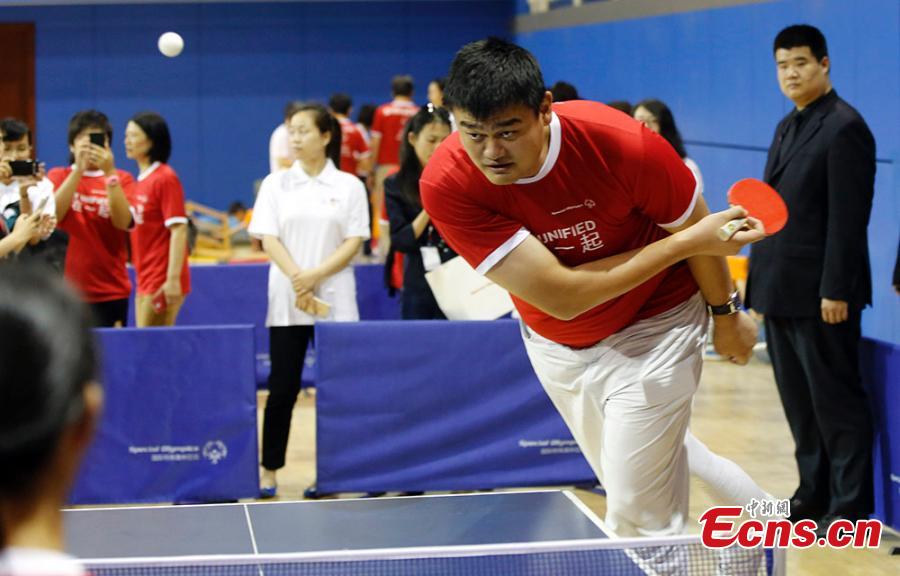Beijing (CNS) -- Most of all roughly calculated 10,000 traditional Chinese brands eke out only a modest existence. Only 10% of these brands are able to gain profits. The others are in deficit for long periods of time or even facing bankruptcy, according to An Huimin, director at the Traditional Chinese Brand Committee of the China General Chamber of Commerce, at the 2011 Beijing Traditional Chinese Brands Exhibition press conference, August 10.
He expected more efforts to be taken in search of opportunities for cooperation and development impetuses. For instance, the exhibition has provided a platform for traditional brands to promote their products and expand their markets.
To be held from August 18 to 21, this is the second exhibition of its kind. It has attracted such brands as Shanxi mature vinegar (one of the four most famous Chinese vinegars) producer Meiheju, which originated in the year 1368, as well as new adventurers represented by the Beijing Enamel Factory founded in the 1950s, whose business covers food, handiworks, and cultural works.
Another highly anticipated highlight of the exhibition are the shows featuring embroidering, carving, sketching, roasting, and many other traditional skills, including the World Non-material Cultural Heritage Nanjing brocade skills and Liubiju pickle making.
The first exhibition received almost 400,000 visitors, and made about 50 million yuan (roughly $7.8 million) in profits. Over 200 agents and suppliers reached agreements with the exhibitors, with a total budget of some 150 million yuan (about $23.4 million).
"Traditional brands in Beijing are also confronting huge challenges," noted Zhang Shaning, head of the Circulation Development Office Service, Beijing Municipal Commission of Commerce.
Because of these challenges, the municipal government has taken supportive measures in various areas, from creating a positive economic and cultural environment, to encouraging the brands to apply for "cultural heritage" titles and develop a cultural innovation strategy.
Zhang raised the example of traditional Beijing snacks, such as Donkey Rolls and Aiwowo (both are desserts made of sticky rice). The tourist shopping area, Qianmen Street, near Tian'anmen Square, is a perfect place to market traditional Beijing snacks. On this street one can see plenty of well known brands gathered, such as Quanjude (famous for its Peking duck), Tianxingju (known for its fried liver), Dabei Photostudio, and Xinghuayuan Bathing Pool.


















